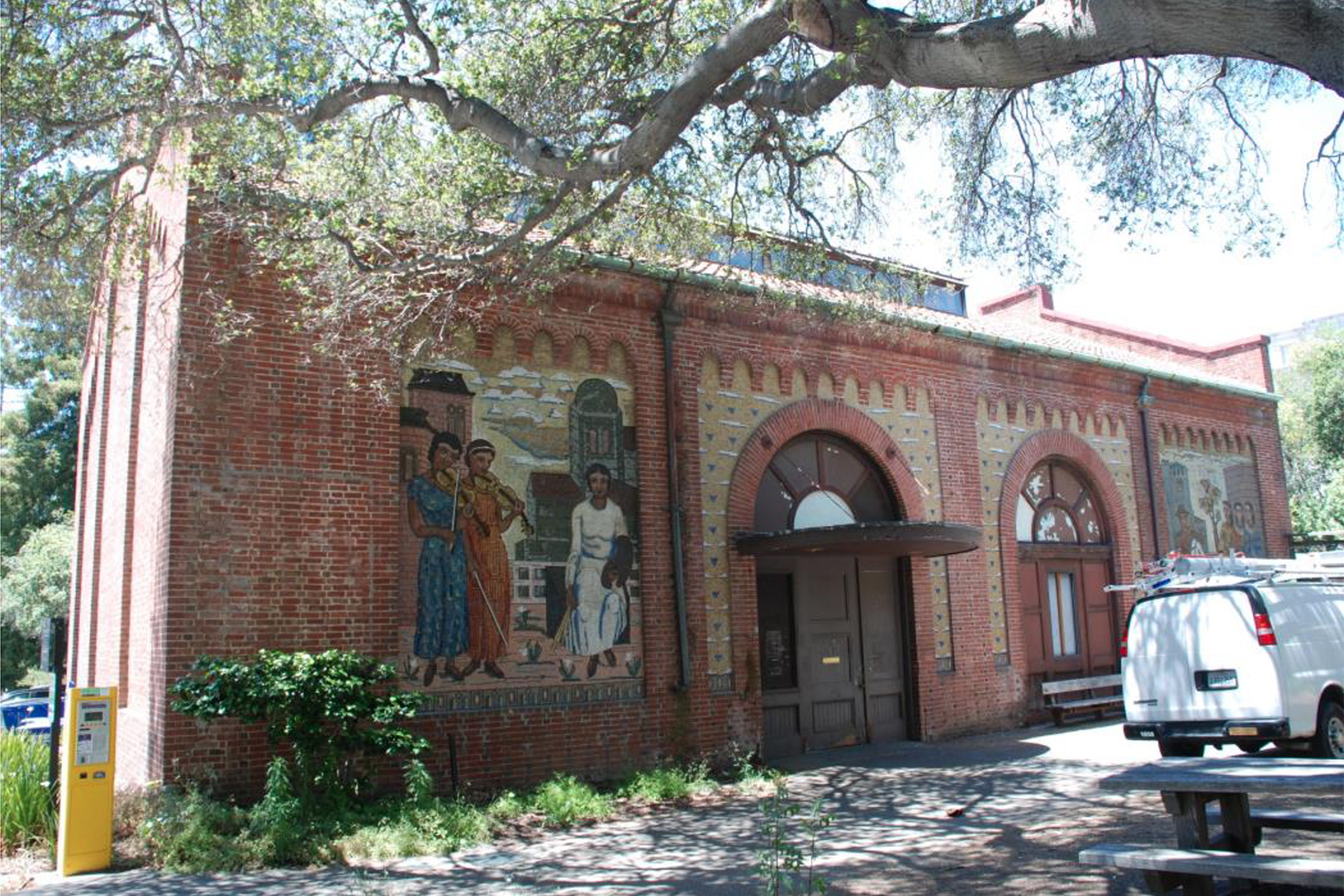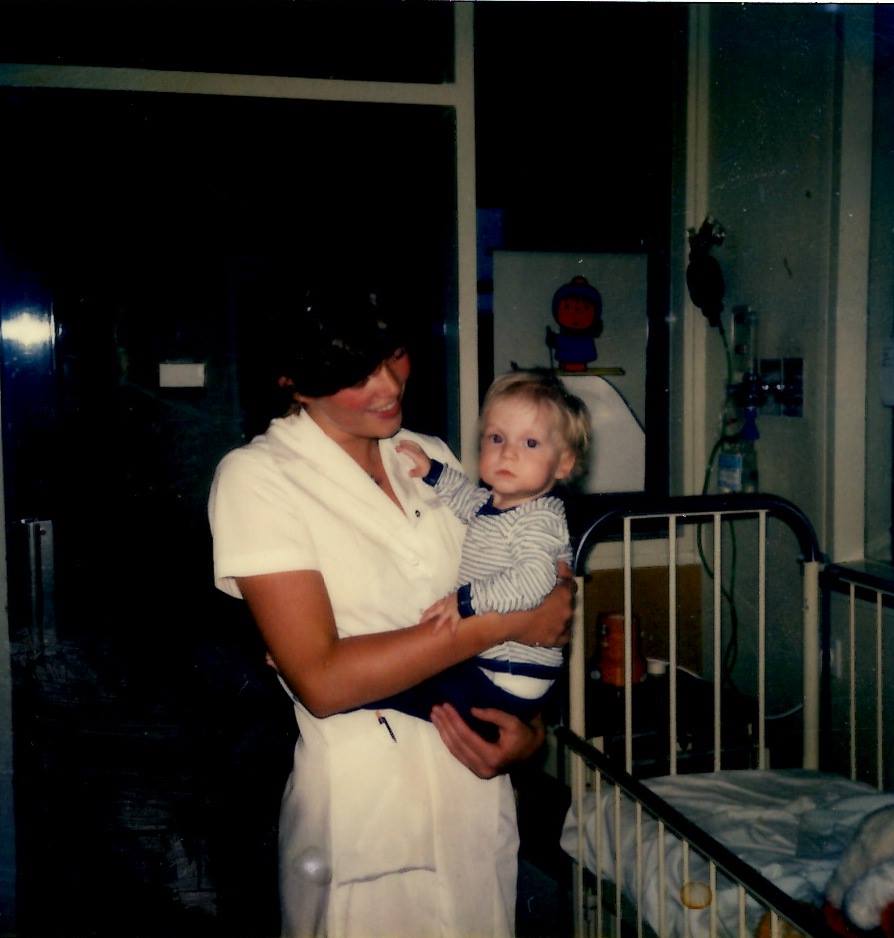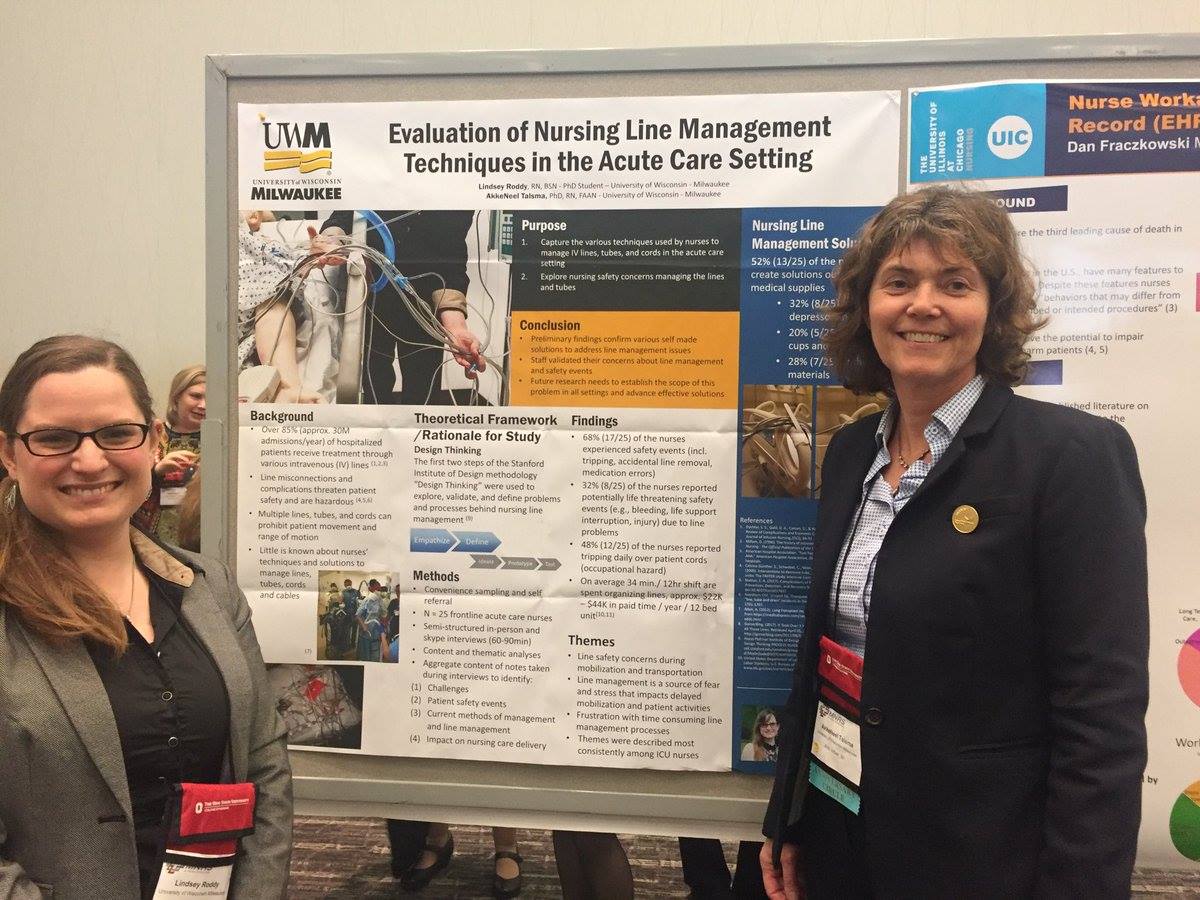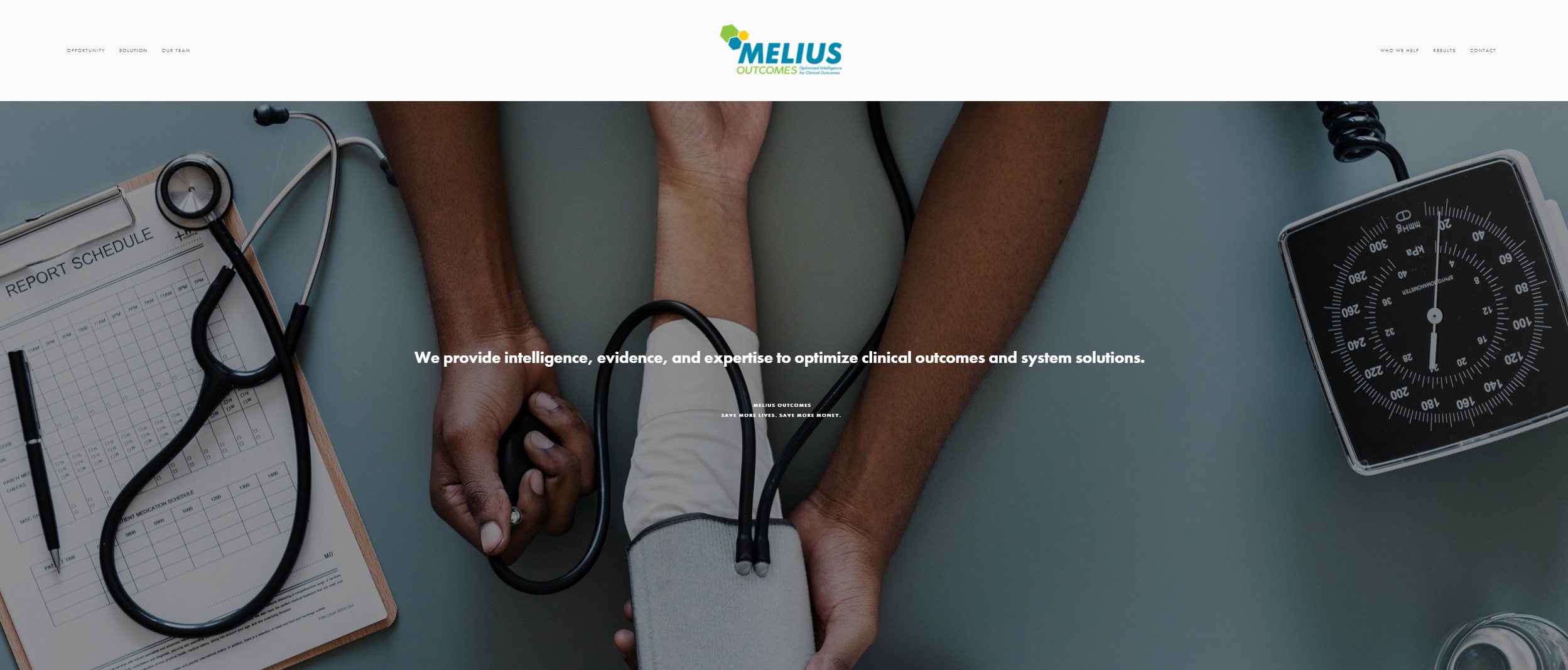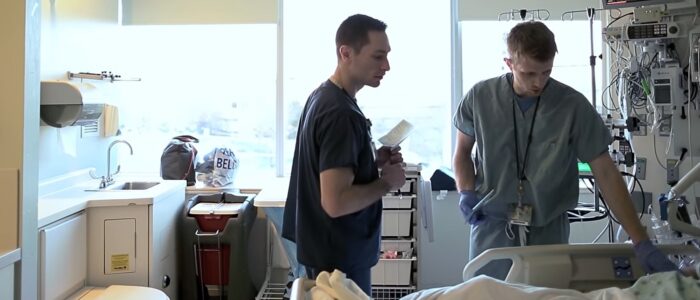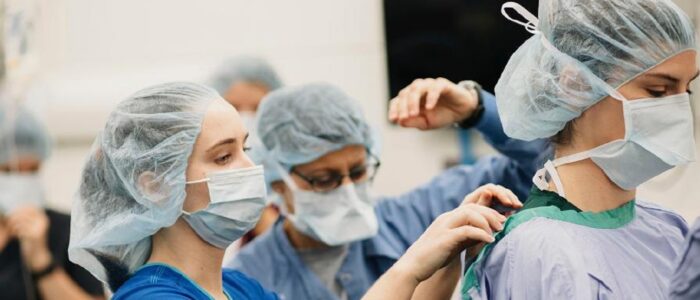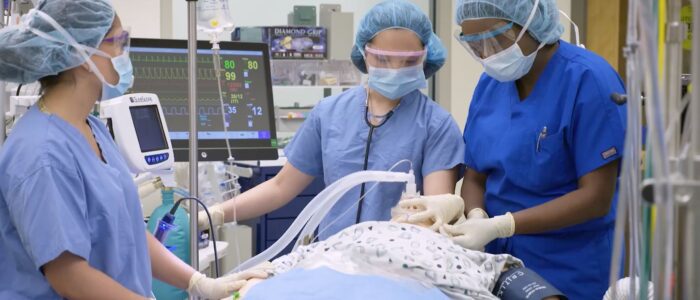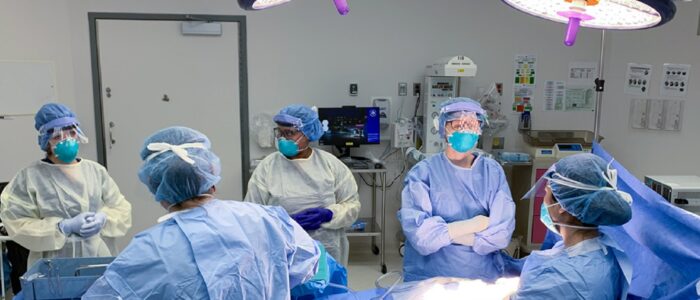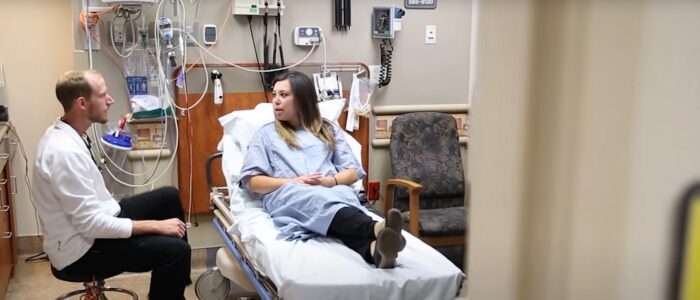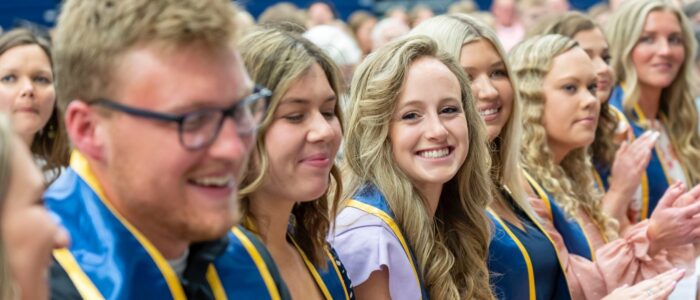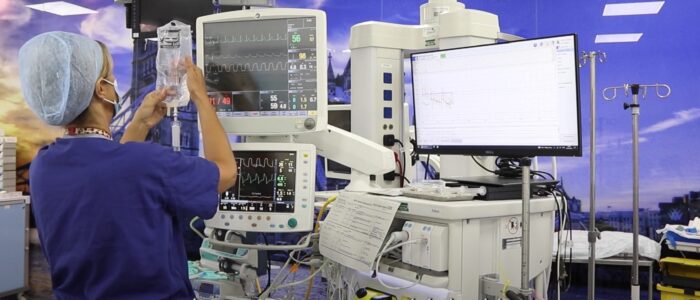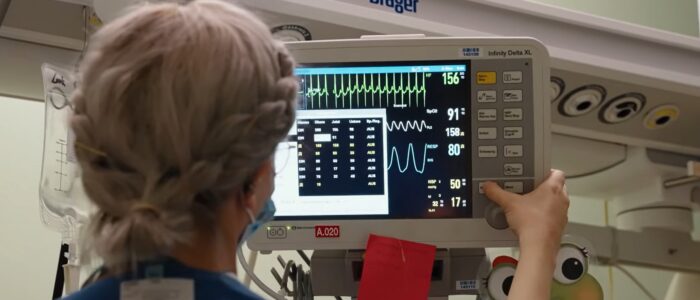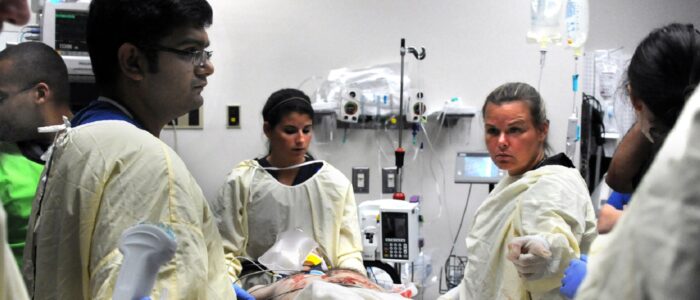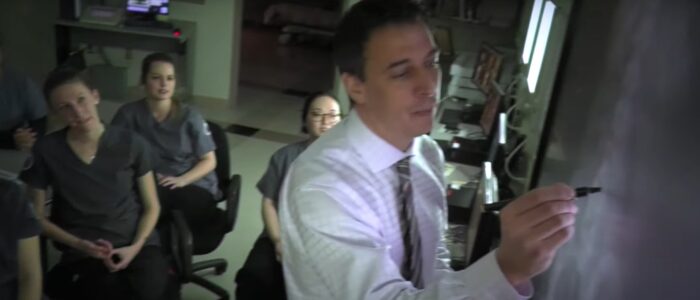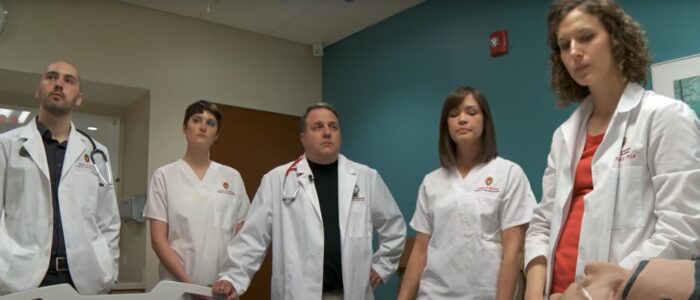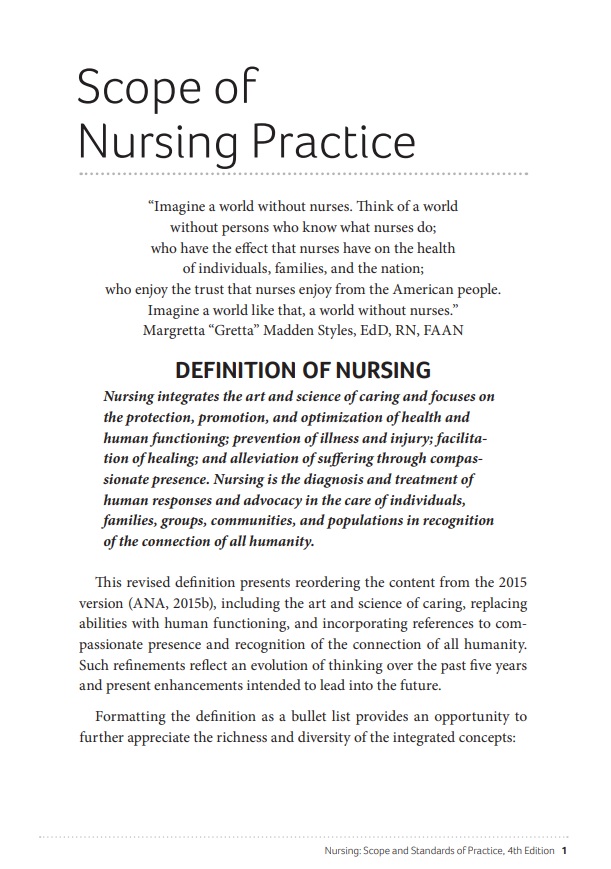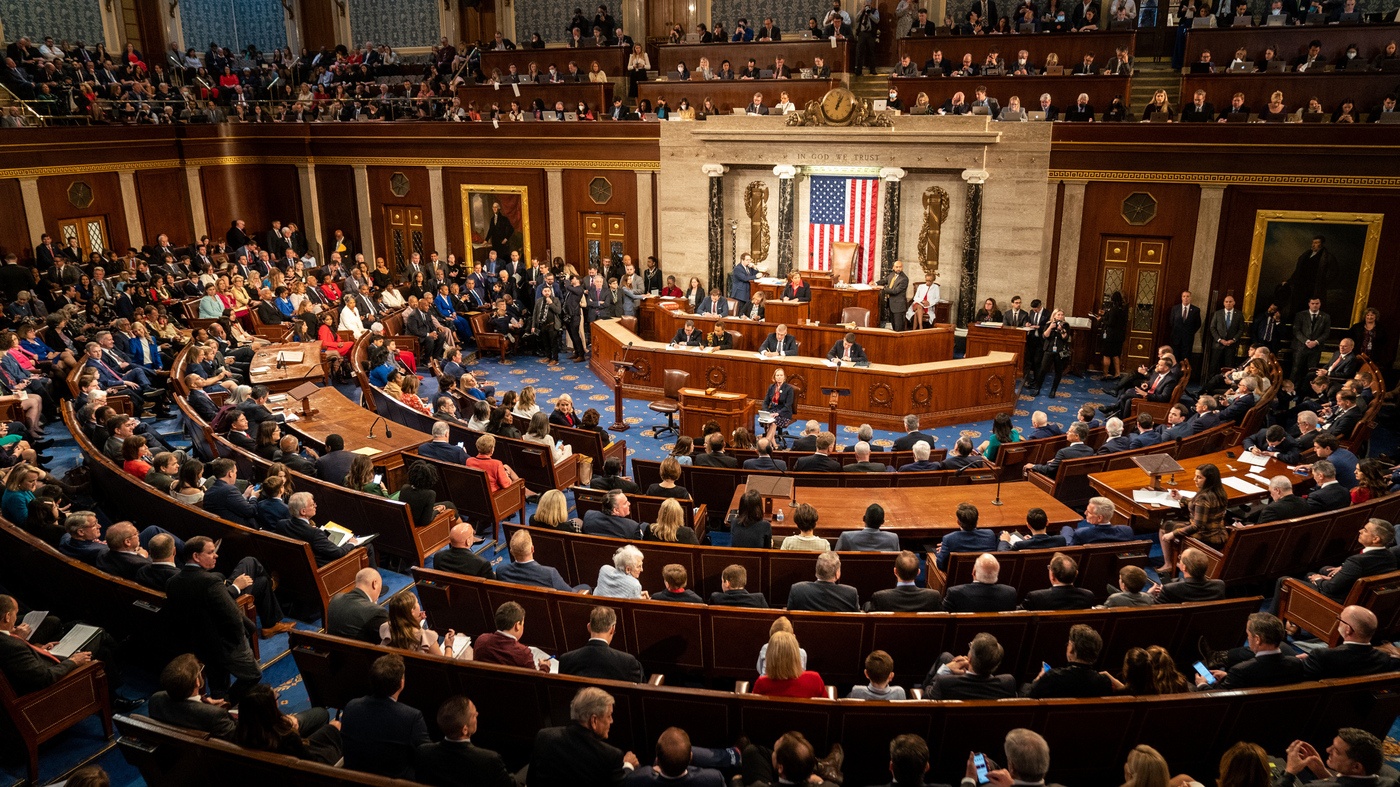Albion
- Home Page 162

Electrical Switch Station #8
Construction progress update: May 24, 2024
This project restores the Old Art Gallery building for a new electrical switching station. The 1904 building was originally the campus powerhouse, supplying electricity and steam to the young Berkeley campus. As the campus grew, power demands exceeded its capacity and, in 1930, a new central plant opened in the southwest part of campus. In 1934, the former powerhouse building reopened as a gallery to display art and served this purpose until a new University Art Museum opened on Bancroft Way in 1970. The building was subsequently used for storage for more than 50 years.
In restoring and structurally improving the Old Art Gallery building to house the new Switch Station #8, the small brick building that began its storied life as a powerhouse more than 100 years ago will become a key component in UC Berkeley’s 100% clean energy future.
IEEE TV: Overview of UC Berkely Resistance Grounded Campus Power System
Pacific Gas & Electric: Electric Service Requirements (TD-7001M) 2022-2023″Greenbook Manual”
Journal of Irreproducible Results
This content is accessible to paid subscribers. To view it please enter your password below or send mike@standardsmichigan.com a request for subscription details.
Nightengale
We've loved getting to see all the incoming students at the NSC's this past month! Can't wait to make the best memories with all of you 😊 💖 #TAMUNursing #AggieNurse pic.twitter.com/G1XZK92uoO
— Texas A&M School of Nursing 🩺 (@TAMUnursing) July 3, 2024
Florence Nightingale is best known for her pioneering work in the field of nursing during the Crimean War (1853-1856). She led a team of nurses to the military hospital in Scutari, Turkey, where they improved hygiene, sanitation, and overall medical care for wounded soldiers. Nightingale’s efforts reduced the mortality rate in the hospital by two-thirds and helped establish nursing as a profession. She became known as “The Lady with the Lamp” due to her habit of making rounds at night to check on her patients. Her work during the Crimean War revolutionized the field of nursing and laid the foundation for modern nursing practices.
Today we unpack literature informing best practice for the facilities that support nursing and dental education and related clinical delivery. Many colleges and universities community outreach facilities that serve a combined purpose of teaching and providing clinical care. We steer away from nursing and dental practice the domain of others. We include a central feature of most education communities — the school nurse and the college health service center.
For the most part, model building code and safety standards do not differ in any large way from the standards that apply to larger scale educational and clinical delivery occupancies. Occupancy use and classification is always the first place to start; a discriminating consideration being whether the space is used to provide emergency care, surgery, obstetrics or patient stabilization. There are a few noteworthy exceptions not covered in Joint Commission and Occupational Health and Safety Administration.
We take the point of view of the stakeholder that opposes over-regulation by government and market-making by producer and conformance interests. For example, many front-line nurses complain that there is too much paperwork and too much “beeping” at the point of delivery.
2021 International Building Code: Section 407 Group I-2 § 407.2.2 Care Provider Stations
IEEE Education & Healthcare Facility Electrotechnology Committee
NFPA 99: Health Care Facilities Code
ANSI/ASHRAE/ASHE Standard 170-2017, Ventilation of Health Care Facilities
Centers for Medicare & Medicaid Services
Nursing and dental health education programs are a significant source of revenue and a significant community obligation that, for the most part, cannot be offloaded onto the internet.
Essential Documents of Professional Nursing
National Association of School Nurses
American College Health Association
U.S. Council for Athlete’s Health
Happy last day of spring semester classes to our Aggie nurses!! We knew you could do it. 👍✨🩺#LastDayofSchool #AggieNurse pic.twitter.com/KNEFM5yBsJ
— Texas A&M School of Nursing 🩺 (@TAMUnursing) May 2, 2023
Scope of Nursing Practice
The American Nurses Association has developed several standards related to nursing practice, which are designed to guide the professional practice of nursing and promote quality patient care. Some of the ANA standards include:
- Standards of Practice: These standards describe the responsibilities and accountabilities of registered nurses in the provision of safe, competent, and ethical nursing care.
- Standards of Professional Performance: These standards describe the behaviors and competencies that are expected of registered nurses in their professional roles, such as leadership, education, and communication.
- Code of Ethics for Nurses: This code provides guidance for ethical decision-making and practice in nursing. It includes provisions related to patient rights, confidentiality, professional boundaries, and accountability.
- Nursing Administration: This standard addresses the role of nursing administration in ensuring safe and effective nursing care. It includes standards related to leadership, management, and quality improvement.
- Nursing Informatics: This standard addresses the role of nursing informatics in improving healthcare outcomes. It includes standards related to the use of technology and information systems in nursing practice.
- Advanced Practice Registered Nurses: This standard addresses the role of advanced practice registered nurses (APRNs) in providing safe and effective care. It includes standards related to education, certification, and practice.
It’s worth noting that these are just a few examples of the ANA standards, and that there may be other standards that are relevant to specific areas of nursing practice. The ANA periodically updates its standards to reflect changes in nursing practice and healthcare delivery.
King Street Georthermal
This content is accessible to paid subscribers. To view it please enter your password below or send mike@standardsmichigan.com a request for subscription details.
New update alert! The 2022 update to the Trademark Assignment Dataset is now available online. Find 1.29 million trademark assignments, involving 2.28 million unique trademark properties issued by the USPTO between March 1952 and January 2023: https://t.co/njrDAbSpwB pic.twitter.com/GkAXrHoQ9T
— USPTO (@uspto) July 13, 2023
Standards Michigan Group, LLC
2723 South State Street | Suite 150
Ann Arbor, MI 48104 USA
888-746-3670


